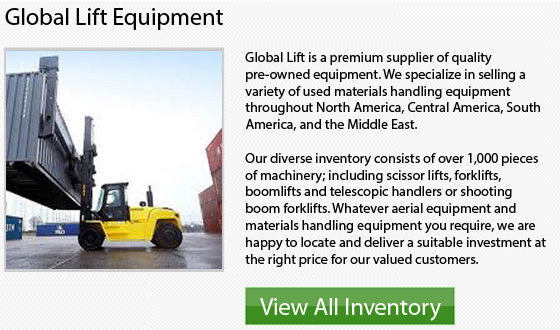
Forklifts play an important part in the distribution of goods. They could efficiently move product through the distribution process. However, they must be used carefully. Incorrect use of forklifts can result in damage to products, injury to employees, and serious accidents that can lead to death.
Safety
If you use a forklift correctly, it is fairly safe. Tens of thousands of individuals are seriously injured in forklifts accidents each year. Dozens are killed in workplace accidents which involve forklifts. The tragedy is that the majority of these accidents are preventable with attention to safety and proper training.
Kinds of Machinery
Depending on the particular type of forklift which will be utilized on the job, the forklift operator must be trained. A popular kind utilized inside distribution centers and warehouses is the sit-down model. Other kinds of forklifts frequently utilized in industry include rough terrain units, narrow aisle trucks and operator up units.
Operator Requirements
A forklift operator certification that covers both classroom study and practical evaluations is required by the Occupational Safety and Health Administration or OSHA. The three-year certification is not transferable; if switching employers, operators should become recertified.
Load Capacities
1,800 kilograms to 2,200 kilograms is the load capacity of a standard forklift. Higher load capacities up to and over 9,000 kilograms are available in various units. A forklift's load capacity would depend on the unit and its attachments and options.
History
Forklifts were initially developed by Clark and by Yale, leading companies in the worldwide forklift business. Ever since the forklift was developed during the 1920s, it has undergone many technological advances, particularly leading to improvements in operator safety and the safe and efficient movement of product.